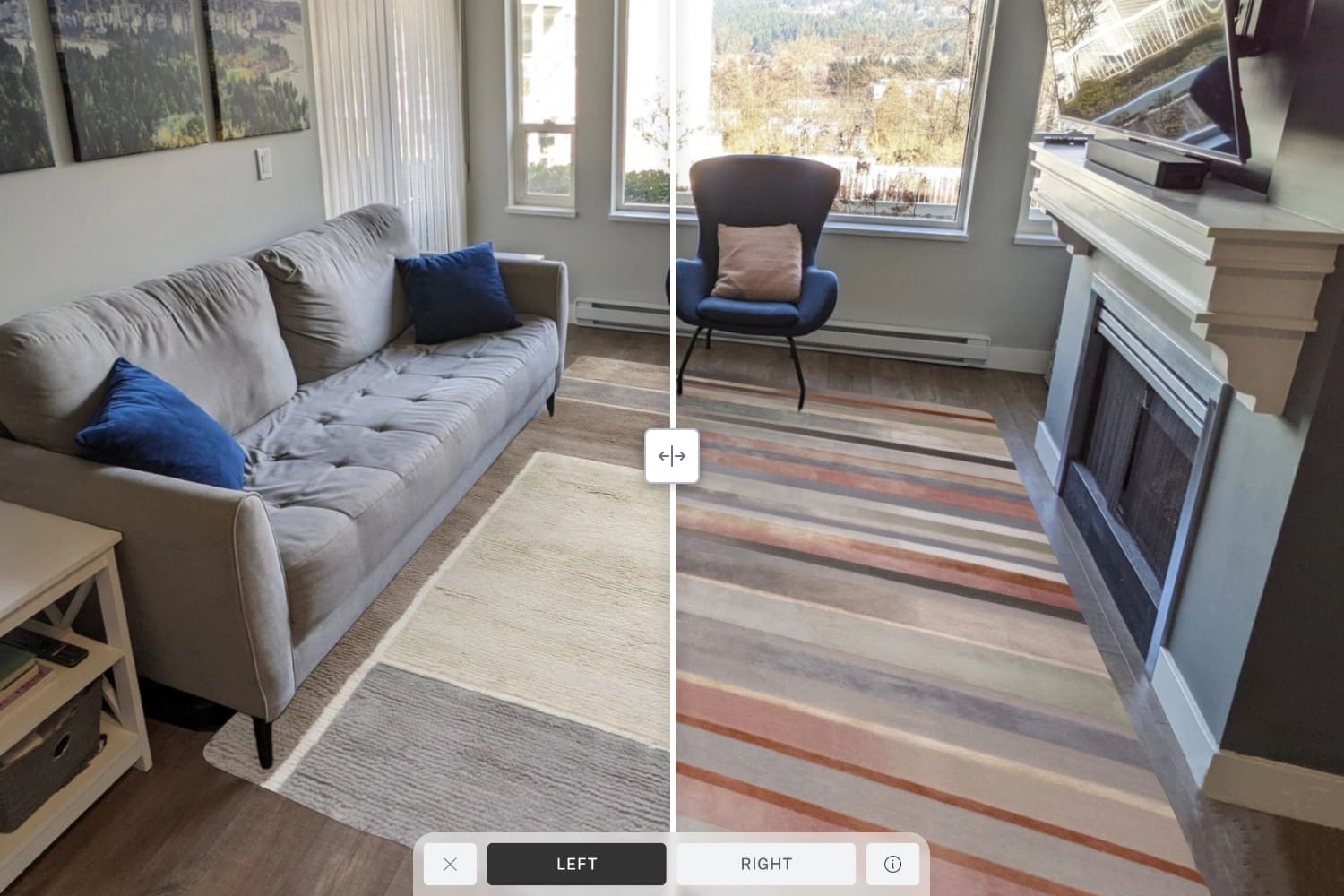The demand for paint among consumers remained as strong as ever through the COVID-19 pandemic and beyond, according to a recent study from the Home Improvement Research Institute (HIRI) titled, 2023-2028 Paint Market Watch: Trends in the Paint and Coatings Industry.
And that should come as no surprise.
As people spent more time at home over the last few years, there was an increased appetite to update their living spaces and take on do-it-yourself projects. The paint industry was a natural beneficiary.
But will this trend continue?
Probably not in the short term, the HIRI study found.
So, where exactly is the industry headed? And how can paint manufacturers and retailers help combat the potential downturn that’s coming?
The paint shopping experience
A good first step is to put yourselves in the shoes of the consumer. Only then can you understand what’s driving their purchasing decisions, learn about their pain points, and make any changes accordingly.
So, let’s start with why consumers are painting their home’s interior. The first reason, as per the HIRI study, is what you’d expect: a desire to update their home’s look. The second reason has more to do with the emotional benefits and enjoyment that comes with completing such a project. But here’s the thing: the paint shopping experience hasn’t always been an enjoyable one for consumers.
For some consumers, it’s been the exact opposite.
Traditionally, the purchasing journey might look something like this: do some research online, go into a store, look at a wall of tiny paper swatches featuring hundreds of different colours, bring home a tester pot or two to narrow down your search, and then paint streaks of the sample colour(s) on your wall (sometimes with multiple coats). Even then, it can be difficult to visualize what your room might look like with the entire wall painted, leaving a level of uncertainty and doubt in the minds of consumers.
As paint manufacturers and retailers, that’s the last thing you want. Because not only will it delay a potential sale, it could also prevent one altogether. From start to finish, the decision-making process for consumers can last upwards of two months, with project consideration most commonly beginning in the period of January-June before a final decision is typically made in March-July, according to the HIRI study.
That’s a lot of time for someone to get cold feet or decide to shop somewhere else.
Where shoppers are buying paint
Now that we’ve covered “why” and “how” shoppers are buying paint, let’s move on to the “where.”
Paint is available for purchase directly from manufacturers, at specialty paint retailers, hardware and department stores, and elsewhere. But HIRI research suggests that 65% of shoppers are buying their paint from home centres, with retailers like The Home Depot usually leading the way.
Why might that be?
As with any purchasing decision, there could be a myriad of factors. Affordability, of course, is usually top of mind for consumers. And brand awareness/loyalty should not be discounted. But for many, it ultimately comes down to convenience. In fact, the HIRI found that “location convenience” and “one-stop shopping” are the top two reasons shoppers end up buying from a particular paint retailer.
While some of this may be out of your control as a paint manufacturer or retailer, it also underscores the importance of providing a simplified, seamless shopping experience for your customers. And this should be applied across all your channels — from your website to your storefront.
Although the HIRI found that nearly three-quarters of shoppers are still buying paint in-store, almost all homeowners begin their home improvement journey online by researching products and prices before selecting a product. This is especially true for younger generations, whose purchasing behaviours suggest that buying paint online could become more common over time, according to a pre-pandemic J.D. Power U.S. Paint Satisfaction Study.

The future of the paint industry
After a period of significant growth, the consumer paint market is expected to cool slightly this year, according to the HIRI.
“Many homeowners are deferring funds to other priorities because of financial constraints, which impact their repair and remodeling spending decisions,” the study stated. “They will continue investing in repairs on an as-needed basis and defer major projects that aren’t necessities.”
This isn’t expected to result in a long-term downturn, but paint manufacturers and retailers still ought to consider how best to respond. One way to do that, as suggested by the HIRI, is to “develop sales enablement materials for your channel partners to improve their ability to aid a shopper in choosing the right product (of your brand) during their purchase process.”
Roomvo’s new and improved paint visualizer certainly fits the bill.
Instead of relying only on paint swatches and samples, which can leave a lot of room for imagination, Roomvo’s augmented reality-powered visualization platform allows consumers to see what different paints will look like on their walls before making any purchase. They just have to upload a photo of their space from their mobile device or computer, select the paint they’re interested in, and with the click of a button they’ll see it come to life on their wall(s) with an ultra-realistic rendering. This eliminates the guesswork and helps shoppers make quicker, better-informed decisions.
Compared to in-house solutions, Roomvo offers access to best-in-class technology, so your visualizer will never become obsolete. It’s also cheaper and easier to scale as your business evolves, and you’ll get dedicated resources and support to help you make the most of the technology. And, perhaps most importantly, by outsourcing your room visualization you can concentrate on your core business functions — and leave the technology development to the experts.
The paint visualizer can be easily integrated onto manufacturer and retailer websites, boosting online product views, engagement, and sales, and it can also be offered in-store through the Roomvo Kiosk, giving shoppers access to the same journey using a touchscreen terminal.
So, you’ll be able to meet the consumer no matter where they’re shopping.
“Good end-to-end shopping experiences help build brand loyalty and establish a connection with customers,” the HIRI study stated.
In a world where consumers are becoming more demanding and a lot of companies are competing on similar products, that connection could be the key to setting your business apart.
Written by:
-

Farhan Devji is a published author and content writer who’s written for some of Canada’s biggest newspapers and worked in communications/marketing for close to a decade. His new book, Alphonso Davies: A New Hope, was published in May 2023 with ECW Press.






